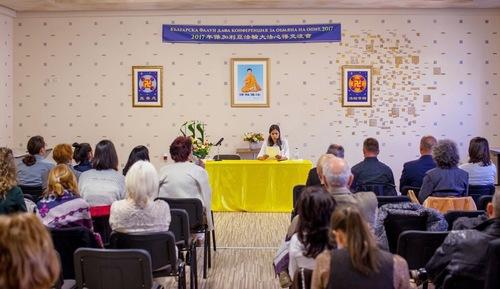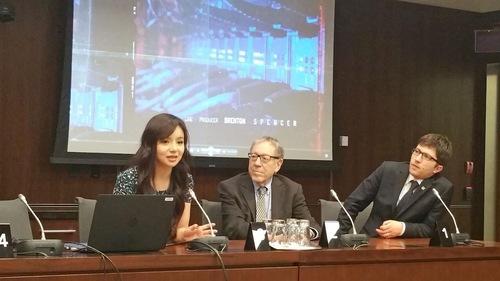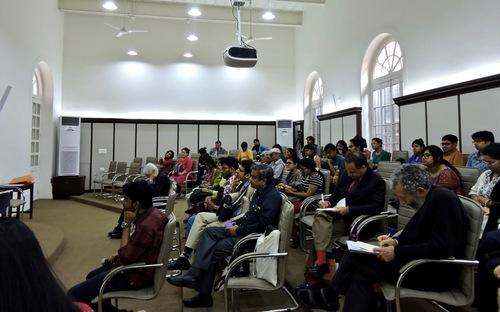In 1990, Michael Crichton published his novel Jurassic Park, in which scientists bring dinosaurs that had been extinct for millions of years back to life, cloning them from DNA found inside mosquitos fossilized in amber.
Just 13 years later, scientists were able to reverse, if only briefly, the extinction of a species for the first time: Celia, the last Pyrenean ibex, a wild goat from the hills of Spain, was declared dead in 2000; three years later, a clone of Celia was born.
Celia’s clone only lived for 10 minutes before dying from asphyxiation; an extra lobe has grown in one of her lungs, and she couldn’t breathe.
But the clone was lucky to have been born at all. The scientists had implanted clone embryos — goat eggs hollowed out and replaced with Celia’s DNA — into 57 surrogate goats; of the seven that became pregnant, six had miscarriages.
Still, the project proved that “de-extinction” wasn’t just a pipe dream, and since the birth of Celia, other species have been targeted for de-extinction.
In Australia, an initiative called the Lazarus Project — named after the biblical figure who was raised from the dead — is working on restoring two types of brooding frogs that disappeared in the 1980s. Other teams from around the world have looked to revive the carrier pigeon and the Tasmanian tiger.





